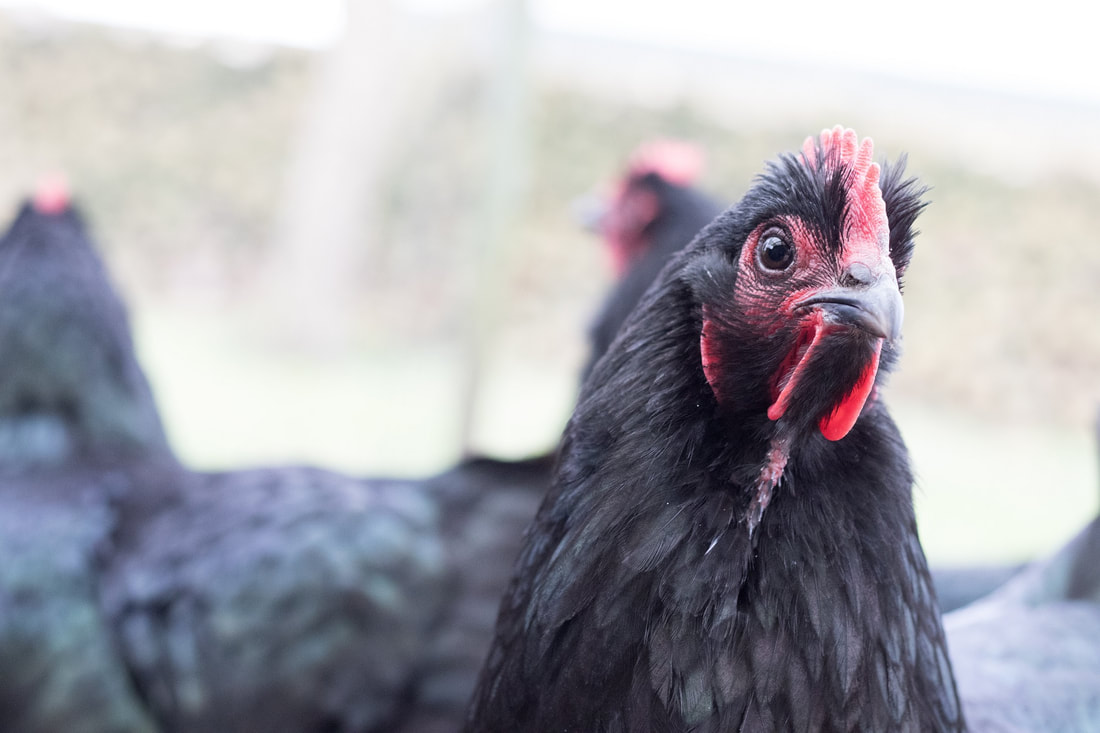Our Egg Hatching Plan

After reading a fab blogpost by HoldingOn4 - called “How Chicken Maths Works” we were inspired to look at the mathematics behind how we will raise our own chooks.
Chickens have two major features that we wish to capitalize on, the first being meat for the table, and the second being eggs.
The first thing we needed to do was work out how far we can stretch a chicken for the table. We have the philosophy that every animal that we dispatch, it is respectful not to waste any, and also when starting off on the homestead path you need to be rather frugal. I know that I can get 4 decent meals for the two of us from one average sized chicken.
Chickens have two major features that we wish to capitalize on, the first being meat for the table, and the second being eggs.
The first thing we needed to do was work out how far we can stretch a chicken for the table. We have the philosophy that every animal that we dispatch, it is respectful not to waste any, and also when starting off on the homestead path you need to be rather frugal. I know that I can get 4 decent meals for the two of us from one average sized chicken.
We aim to be eating chicken twice a week - with wild rabbit, fish and eggs making up the protein sources in the other meals (in time, we may also have lamb).
So one chicken every two weeks means we need to rear 26 birds for the table. As there is no popping to a wholesalers or supermarket for meat on the island, we will be incubating the eggs and raising the birds ourselves. Sounds easy right? Plop in 26 eggs into the incubator and in 6 months time we have a year's worth of chicken portions.
Now we need to throw in the concept of eggs. We will eat as many eggs as we have, either as a tasty eggy dinner or used in baking, so we are not worried about having too many, and not having enough means we need to be a bit more frugal! The issue is with eggs is that the hens take time to come to point of lay - normally around 25 weeks, but this does vary on the variety and time of year.
Our plan is to have two hatches a year - each of 26 eggs - this number will allow for any infertile eggs and the chickens that don’t survive. The first hatch we are planning will be in the spring - so that the hens come into point of lay in the autumn to provide a few eggs over the winter.
So one chicken every two weeks means we need to rear 26 birds for the table. As there is no popping to a wholesalers or supermarket for meat on the island, we will be incubating the eggs and raising the birds ourselves. Sounds easy right? Plop in 26 eggs into the incubator and in 6 months time we have a year's worth of chicken portions.
Now we need to throw in the concept of eggs. We will eat as many eggs as we have, either as a tasty eggy dinner or used in baking, so we are not worried about having too many, and not having enough means we need to be a bit more frugal! The issue is with eggs is that the hens take time to come to point of lay - normally around 25 weeks, but this does vary on the variety and time of year.
Our plan is to have two hatches a year - each of 26 eggs - this number will allow for any infertile eggs and the chickens that don’t survive. The first hatch we are planning will be in the spring - so that the hens come into point of lay in the autumn to provide a few eggs over the winter.
|
|
|
Second hatch will be incubated in the autumn, so that this batch start laying in the spring. When the second batch start laying in the spring - the first group of hens will be dispatched for the freezer. This way, according experienced local wisdom, we should have eggs throughout the year - even in the low Orcadian light levels in winter.
Well, this is our initial thinking - the plans are likely to change as we gather more advice and deepen our research - and take note of our success and failures.
Do our numbers look right to you? Leave us a comment below!
Well, this is our initial thinking - the plans are likely to change as we gather more advice and deepen our research - and take note of our success and failures.
Do our numbers look right to you? Leave us a comment below!





